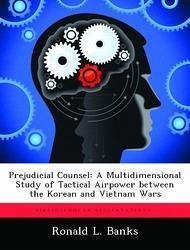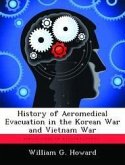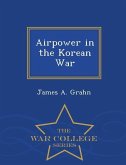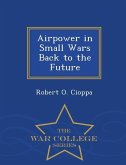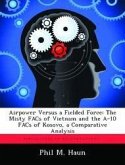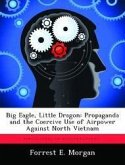This study analyzes the Air Force.s decisions made concerning the advancement of tactical conventional airpower from 1953 to 1961. This thesis evaluates the decision- making process at three distinct levels using Graham T. Allison.s three decision-making models. First, this study examines Air Force decision-making based upon grand- strategic, systemic issues to conclude that tactical conventional airpower was given second priority to the dominant policy of strategic nuclear missions as a consequence of President Eisenhower.s desire to balance the federal budget while deterring the Soviet Union. Second, an evaluation of organizational decision-making within the various units that contributed to the advancement of tactical airpower reveals that despite the lower level of emphasis, tactical airpower was not entirely neglected.
Hinweis: Dieser Artikel kann nur an eine deutsche Lieferadresse ausgeliefert werden.
Hinweis: Dieser Artikel kann nur an eine deutsche Lieferadresse ausgeliefert werden.

